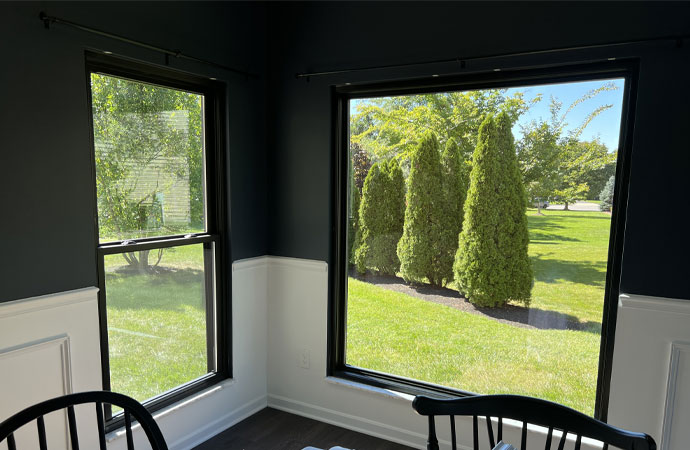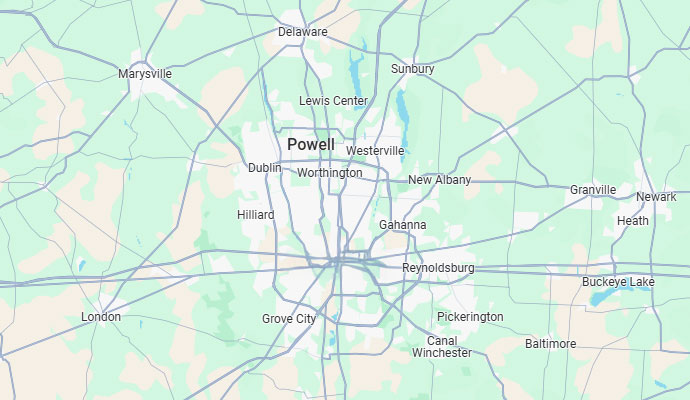Efficient Window Factors
If you are in the process of purchasing windows for a new home, remodeling your current home or just preparing your house for winter, it is important to ensure the energy efficiency of your windows. Taking this extra step could help avoid higher heating bills, as well as provide extra solar heat and day light throughout your home. Unsure where to start? Freedom Windows., with over 40 years of experience, prides itself on quality workmanship and is available today for a consultation.
Six Factors to Consider When Purchasing New or Replacement Windows
There are many factors to consider when purchasing the most energy efficient windows. It is also not a “one size fits all” scenario for every part of the country due to the many different climates. In western Pennsylvania, the change of seasons will help dictate how you view the factors rating energy efficiency.
Below are six important factors to consider when making your window purchases.

- U-factor (or U-value) – This factor indicates the amount of heat that can escape through windows, or the rate of heat loss. The lower the U-factor, the better the insulating properties and the more energy-efficient the window.
- Solar Heat Gain Coefficient (SHGC) – The SHGC is the fraction of solar radiation admitted through a window and either transmitted directly and/or absorbed, and then released as heat inside a home. In other words, it measures how much heat from the sun is blocked. SHGC is expressed as a number between 0 and 1. The lower the number, the less amount of heat is transmitted through the window. The higher the number, the better for the winter months, as more heat enters the window allowing for lower heating bills.
- Visible Transmittance (VT) – The VT measures how much visible light comes through a window. This is different from SHGC due to the special coatings and glazing available on modern day windows to allow different amounts of light (visible, infrared and ultraviolet) to enter through a window. VT is expressed as a number between 0 and 1. A product with a higher VT transmits more visible light and has the higher possibility for day light.
- Air Leakage (AL) – measures the amount of outside air infiltrating through cracks in the window assembly. Air leakage rates, expressed as the equivalent cubic feet of air passing through a square foot of window area, normally fall in a range between 0.1 and 0.3. The lower the number, the less air that is passing through cracks in the window assembly and the better a product is at keeping air out.
- Condensation Resistance Factor (CRF) – this factor measures how well a window resists the formation of condensation on the inside surface. CRF is expressed as a number between 1 and 100; the higher the number the better a product is able to resist condensation.
- Installation – Proper installation is key in ensuring that your new windows are working to their full potential. When choosing a contractor, do your research. Choose a trusted installer that is certified and trained in installing the brand you are considering. And don’t forget to ask about the process for installation, especially with installing replacement windows that could disrupt your daily activities.
In addition, Energy Star, developed by The Department of Energy (DOE) and the Environmental Protection Agency (EPA) is a designation for products meeting certain energy performance criteria.
It can provide recommended factors for your climate.
Assess Window Efficiency with Freedom Windows
Freedom Windows can provide you with the quality workmanship and commitment to professionalism that you require from making your window purchase to installation of the new product. With five locations east of Powell, Freedom Windows is ready to take on your project.





